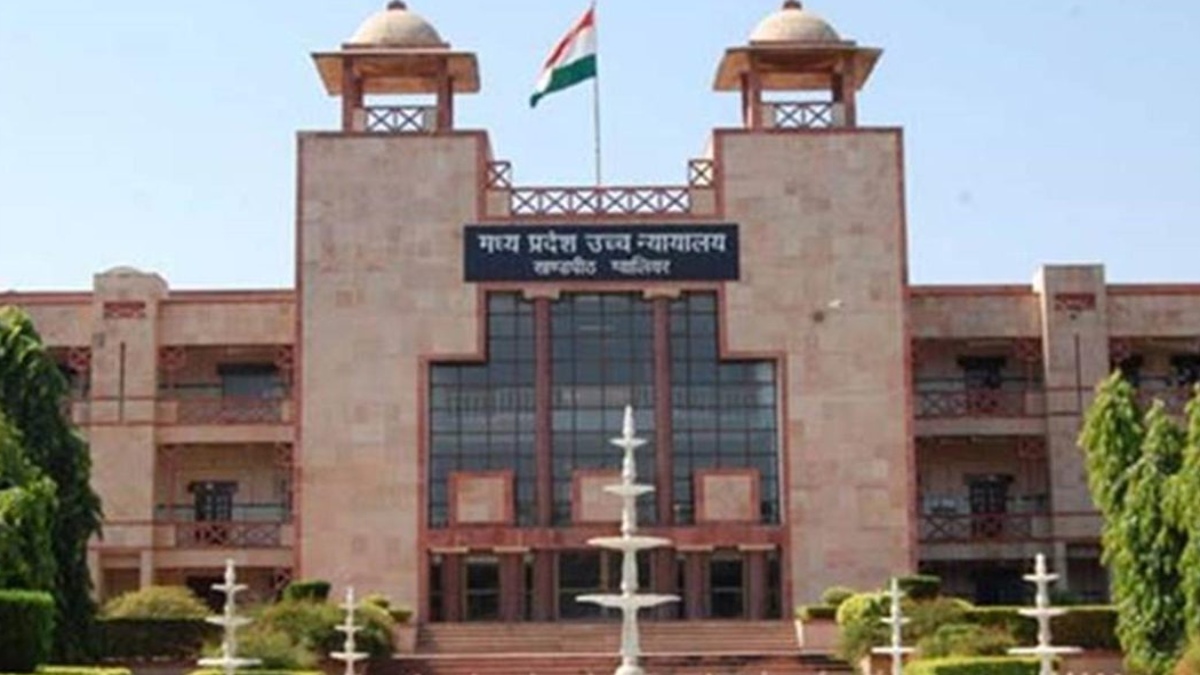


The Gyanvapi episode of Varanasi is going to be repeated in Dhar district of Madhya Pradesh. On Monday, the Madhya Pradesh High Court gave permission to the Archaeological Survey of India (ASI) to survey the Bhojshala Temple and Kamal-Maula Masjid complex in Dhar. Hindus consider Bhojshala as the temple of goddess Vagdevi, while Muslims recognise it as the mosque of Kamal Maula.
According to lawyer Vishnu Shankar Jain, who filed the petition for the survey, “The High Court has directed the ASI to conduct the survey. A five-member committee of ASI members headed by the Director or Additional Director of ASI is to conduct the survey.” be constituted, and a report should be submitted to the court within six weeks. The Places of Worship Act of 1991 is not applicable in this case, as it is an ASI-protected monument and hence exempt from the provisions of the 1991 Act.’’
This issue has arisen from time to time in Dhar, especially in cases where Basant Panchami falls on a Friday, resulting in Muslims offering namaz at Bhojshala while Hindus gather to pray. Last September, security measures were stepped up in the area after the idol of Vaghdevi (Goddess Saraswati) was placed inside the historic structure. After this the police removed the statue.
In the 11th century, the Parmar dynasty ruled the Dhar district of Madhya Pradesh. Raja Bhoj was the ruler of Dhar from 1000 to 1055 AD. The special thing was that King Bhoj was a great devotee of Goddess Saraswati. In 1034 AD, Raja Bhoj had established a college, this college later came to be known as ‘Bhojshala’, in which the people of Hindu religion have faith.
Historians say that Alauddin Khilji had allegedly demolished Bhojshala in 1305 AD. Then in 1401 AD, Dilawar Khan Gauri built a mosque in a part of Bhojshala. After this, Mahmood Shah Khilji built another mosque in a different part of Bhojshala in 1514 AD. During excavation in 1875, a statue of Mother Saraswati was found from here. Which was later taken to London by Major Kinkaid. The statue is now in the Museum of London, leading to a petition to bring it back.
Hindu organizations consider Bhojshala as a temple dedicated to Saraswati. Hindus believe that for some time during the reign of the dynasty, Muslims were allowed to offer namaz in Bhojshala. On the contrary, the Muslim community claims a long-standing tradition of offering namaz in Bhojshala. Muslims call Bhojshala as Bhojshala-Kamal Maulana Masjid.
In fact, the biggest controversy arises in the Bhojshala of Dhar district on the day when the festival of Basant Panchami falls on Friday.
Because on this day the Hindu side demands to worship in the temple the whole day, while the Muslim side demands to offer namaz. In such a situation both the sides come face to face.
Due to which the situation becomes uncomfortable for the police and administration. Whenever Basant Panchami falls on Friday, such a situation has been happening every now and then.
Advocate Vishnu Shankar Jain says that the struggle is going on with the British government to bring back the statue of Vagdevi, but the British government has put a condition that the statue will be returned only with the condition that it will be reinstalled at its original place.